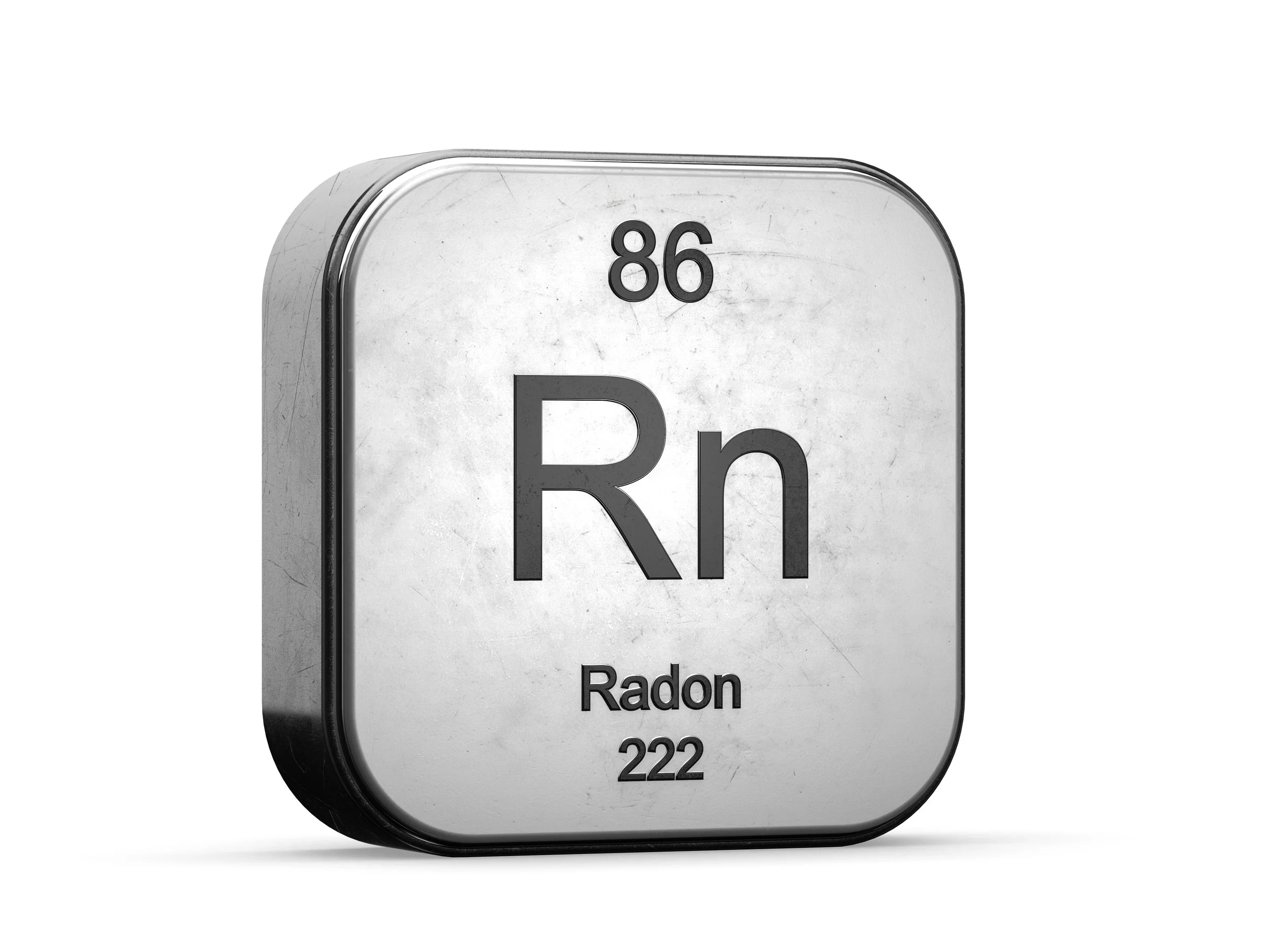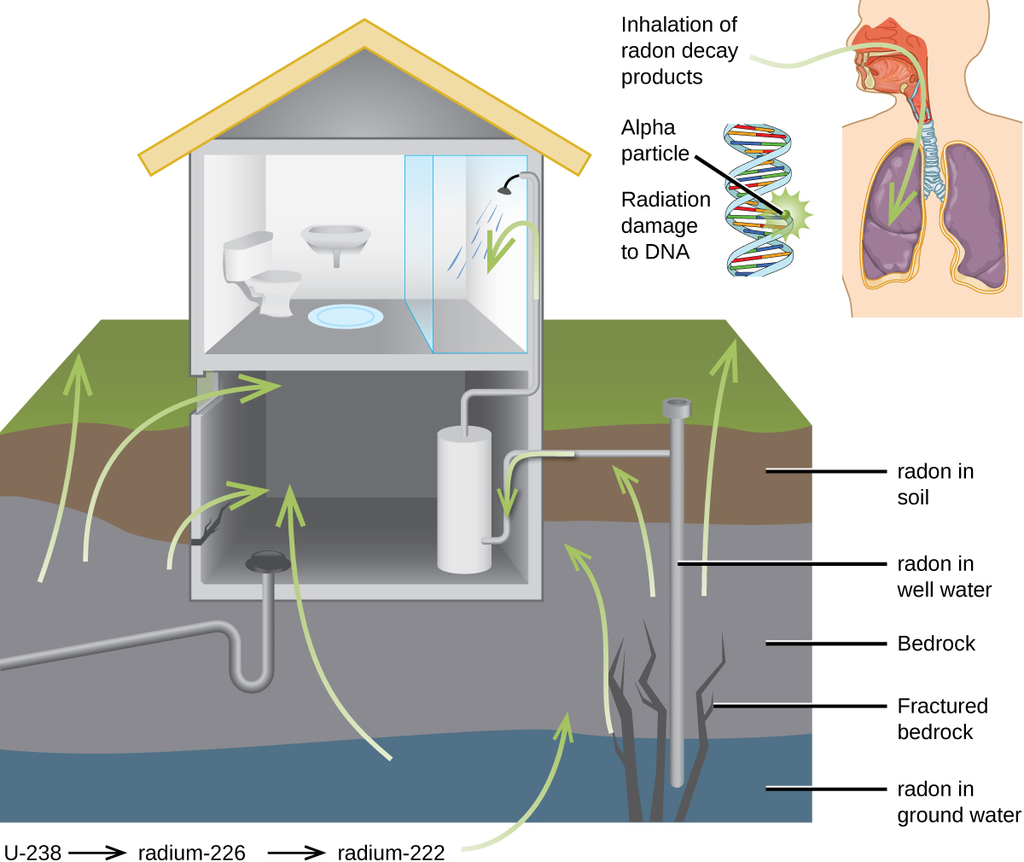What is Radon?
RADON IS A CANCER-CAUSING, RADIOACTIVE GAS. It is emitted as uranium breaks down in the soil. It is odorless, colorless and tasteless. Radon typically seeps through the ground structure and collects in the air above and into your home through small cracks and holes in foundations, crawlspaces and slabs. All types of homes are susceptible to radon.
Why Test For Radon?
The EPA has determined radon gas to be the second leading cause of lung cancer in the U.S. (after the act of smoking). The radioactive particles in the gas attach to your lung tissue and break down which can lead to cancer over the course of your lifetime. The amount of time between your exposure and the onset of cancer may be many years.
Testing is the only way to find out your home's radon levels. The EPA and the Surgeon General recommend testing all homes below the third floor for radon.
How can I determine my radon level?
Testing is the only way to determine your radon level. Radon levels vary from house to house. Any house testing at or over 2-4 picocuries(pCi) per liter needs to be fixed.
Can a Radon problem be fixed?
If you find that you have high radon levels, there are ways to fix a radon problem. Very high levels can be reduced to acceptable levels by mitigation and crawl space encapsulation.
IF YOU ARE SELLING A HOME
The EPA recommends that you test your home before putting it on the market and, if necessary, lower your radon levels. Save the test results and all information you have about steps that were taken to fix any problems. This could be a positive selling point.
IF YOU ARE BUYING A HOME
It is crucial to know what the indoor radon level is in any home you are considering buying. Ask the seller for their radon test results. If the home has a radon-reduction system, ask the seller for information they have about the system.
If the home has not yet been tested, you should have it tested.
If you are building a home
There are features that can be incorporated into your home during construction to reduce radon levels.
Which Radon Zone Do You Live In?
Radon Testing
Testing is the only way to find out if you have radon in your home. Testing is easy and low-cost — and it could save your life.
Test My Home uses an EPA approved continuous radon monitor (CRM) to perform short term radon detection tests while adhering to critical testing protocols. The Radon monitor indicates hourly radon level variations during the test period and averages them.
Following your test, you will receive a detailed report about the test and its results. If radon mitigation is needed, we can point you in the right direction for radon mitigation specialists.



